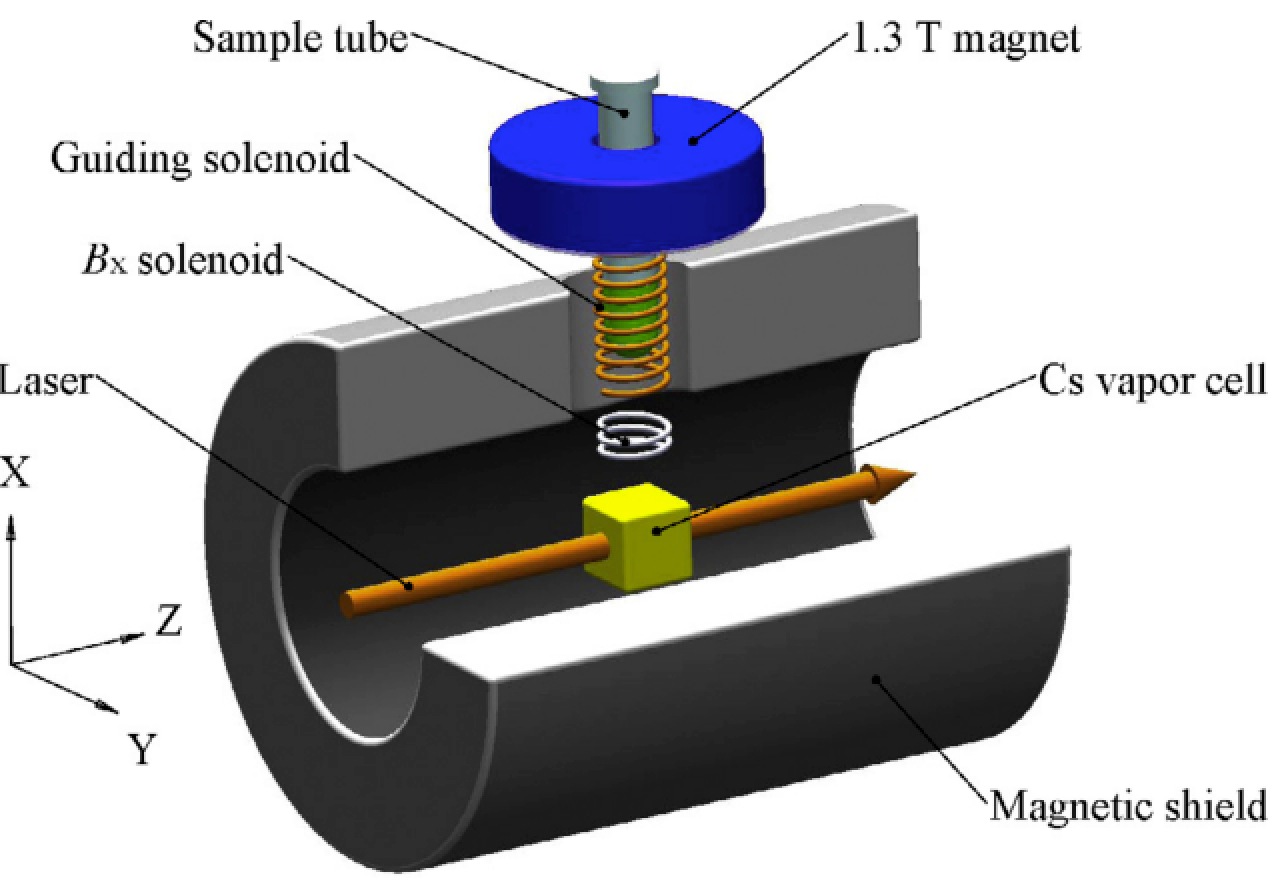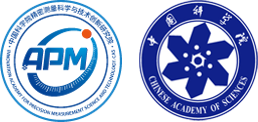

Atomic Magnetometry and Laser-Detected NMR

Nuclear magnetic resonance (NMR) is a powerful analytical technique that has been used not only in fundamental physics, chemistry and biology research, but also in applications such as medical imaging and oil well logging. However, the detection sensitivity of conventional NMR techniques is poor, especially in low magnetic fields. The conventional method of detection is Faraday induction. Low field NMR and MRI are attractive from the point of view of developing simpler (e.g. smaller), more mobile and less costly instrumentation that does not rely on cryogenic superconducting magnet technology. Thus, much effort is devoted toward improving detection sensitivity. Our group is developing novel NMR detection technology based on optical atomic magnetometry. Optical magnetometers are usually operated at low magnetic fields and become significantly cheaper and more portable than conventional NMR instruments. This provides an interesting alternative approach for low-field NMR.
Our recent work includes a Cs atomic magnetometer with a sensitivity of 150 fT/Hz1/2 operating near room temperature. The NMR signal of a 125 uL water sample was detected in magnetic fields as low as 47 nT, with a signal-to-noise ratio close to 50 after only eight signal averages. To demonstrate the magnetometer's ability to measure spin-lattice relaxation times, relaxivity experiments using a Gd(DTPA) MRI contrast agent were performed near zero field.
In contrast with Faraday induction detection, our zero-field atomic magnetometer is particularly sensitive in the frequency range from DC to a few kilohertz. NMR in low fields does not require the cryogenics needed to operate superconducting magnets. Cryogens are also needed to operate magnetic sensors based on a superconducting quantum interference devices.
Moreover, because magnetic-field gradients are proportional to the magnetic field, operation in ultra low fields implies that the "external field" can be made extremely homogenous. Homogeneous fields lead to very narrow resonance lines, permitting the measurement of ultra weak spin interactions. The prospect of "pure J coupling" NMR in ultra low fields, where chemical shifts are much weaker, has been recognized by several leading research groups.
As a result, this kind of magnetometer makes NMR increasingly more powerful and accessible to a wider range of applications that involve chemical analysis. Our is focusing its research efforts on the development a new class of SERF magnetometers based on Cs vapor and the understanding spectra in low fields for purposes of ultra sensitive chemical detection.

Innovation Academy for Precision Measurement Science and Technology, CAS.
West No.30 Xiao Hong Shan, Wuhan 430071 China
Tel:+86-27-8719-8631 Fax:+86-27-8719-9291
Email:hanyeqing@wipm.ac.cn
鄂ICP备15017570号-1